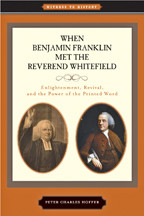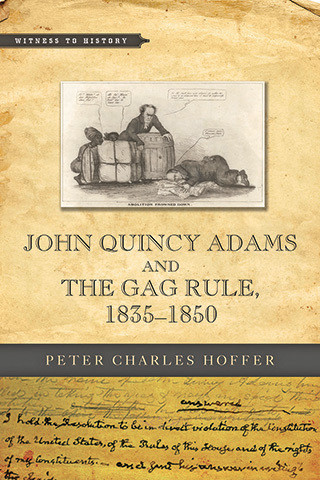
Reviews
[A] thoughtful and accessible volume on the early years of Mormonism and its reception by American Gentiles. [Jortner's] book has many merits: it is engagingly written; it contains a strong argument; and it fills a gap in the literature.
[Jortner] is one of our finest interpreters of the supernatural in the first decades of the nineteenth century.
No work I know of has more clearly laid out the troubled impulses that coursed through the early Mormon church, the conflicting claims to revelation, the dissension and infighting, the criticisms of Joseph Smith, the emotional and spiritual excesses. All of this adds a dimension to early Mormon history that has never been as expertly explored as in Adam Jortner's lively and colorful book.
No Place for Saints is a delight to read. Offering a compelling explanation for the violence that broke out between Mormons and their neighbors in Missouri in the early 1830s, the book breaks new interpretive ground by pulling off the difficult task of making Mormonism seem less exotic through repeated comparison.
Book Details
Acknowledgments
Prologue: Miracles and Mobs
1. Lo Here! Lo There! The Sectarian Dilemma
2. The Bible Quarry
3. Kirtland
4. "Their God Is the Devil"
5. A War for Zion Epilogue: Faith and Citizenship
Notes
Inde
Acknowledgments
Prologue: Miracles and Mobs
1. Lo Here! Lo There! The Sectarian Dilemma
2. The Bible Quarry
3. Kirtland
4. "Their God Is the Devil"
5. A War for Zion Epilogue: Faith and Citizenship
Notes
Index





